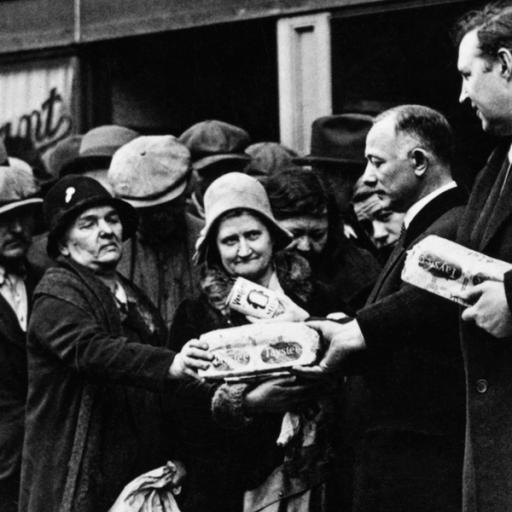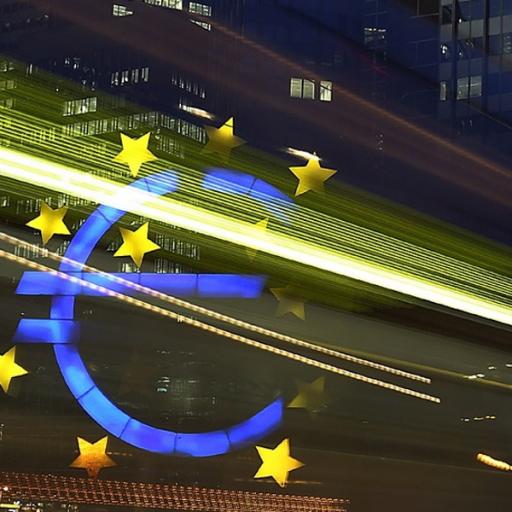Gold is one the most valuable metals with many applications in daily life. First of all, its shiny view makes gold quite attractive as jewellery. It is also used in industry, in electronics and computers manufacture, in medicine, in aerospace, and of course, it is used as a financial asset. Traditionally, gold was used as a hedging tool against inflation. Moreover, there is evidence in the literature that gold serves as a hedge against financial risk.[1]Previous studies have reported no evidence of correlation between gold and other financial assets, such as stocks and bonds (see, inter alia, Summer et al., 2010). This implies that investors can use gold to diversify their portfolios. Similarly, there is evidence that gold serves as a hedge against currency risk. Most of the empirical studies in the related literature find negative relationship between gold price and fundamental currencies, such as the US dollar, the Japanese yen etc. (see, Capie et al., 2005; Joy, 2011; Reboredo, 2013). Serving as a financial asset, gold is sensitive to developments in money markets. For example, an increase in the interest rate causes a decrease in demand for gold because investors realise that the opportunity cost of holding gold increases.
Like any other asset, the price of gold is shown to be volatile. Focusing on the financial features of gold, we can easily understand that the price of gold is sensitive to worldwide economic conditions. For example, in periods of financial distress, investors tend to invest in gold because they are anxious about financial risk. Similarly, the negative relationship between the price of gold and the exchange rate implies that investors prefer to invest in gold rather than in a depreciating currency. Equivalently, this implies that demand for gold declines as currencies appreciate. It seems that there is a negative, but straightforward, relationship between gold price and exchange rates. However, this does not mean that gold price can be easily predicted since the exchange rates are highly unstable.
This paper revisits the relationship between the gold price and several fundamental financial variables, such as the exchange rate and the interest rate. Based on the G7 countries, namely Canada, France, Germany, Italy, Japan, the UK and the USA, and employing annual data for the period 1980-2016, we test the impact of the real effective exchange rate and the interest rate on the price of gold. This paper contributes to the related literature in a number of ways: Firstly, besides the baseline model, we estimate an alternative model in which the observed exchange rate is replaced by its estimated equilibrium exchange rate and the corresponding misalignment rate. In line with the evidence from previous studies, we argue that investment in the appreciating currency will be beneficial to investors only if the appreciating trend of the currency is consistent with equilibrium. Otherwise, the exchange rate is expected to be unstable in the future (see Giannellis and Papadopoulos, 2011). Equivalently, this means that investors will be willing to invest in the appreciating currency only if the exchange rate is not significantly misaligned. Thus, there is an indication that the observed exchange rate may not alone determine the relationship between the value of the currency and the gold price. What is proposed is that the observed exchange rate should be taken into account in accordance with its equilibrium value and the implied misalignment rate.
Secondly, departing form the existing studies in this literature, we employ a Panel Smooth Transition Regression (PSTR) model in order to explore the possibility that the impact of the independent variables on the gold price may be nonlinear. As the linearity hypothesis is rejected and the parameters of the PSTR model are identified (as it is reported in section 5 of this paper), we estimate a two-regime PSTR model with a monotonic transition function. The results show that the impact of the equilibrium exchange rate on the gold price changes as the magnitude of the misalignment rate (threshold variable) changes.
Thirdly, by utilising the nonlinear characteristics of the PSTR model we distinguish two effects, which may drive the relationship between the gold price and the equilibrium exchange rate. The first one is the substitution effect: investors may substitute gold investment with currency investment when the value of the currency follows an increasing trend. The second one is a positive income effect: an increase in the real value of the currency (reflecting positive macroeconomic performance) may lead to higher investment not only in currency but also in gold. To preview our results, there is evidence that for low misalignment rates, the income effect (i.e., the positive relationship) is shown to be more important, but as the misalignment rate moves close to the upper regime, the substitution effect prevails.







